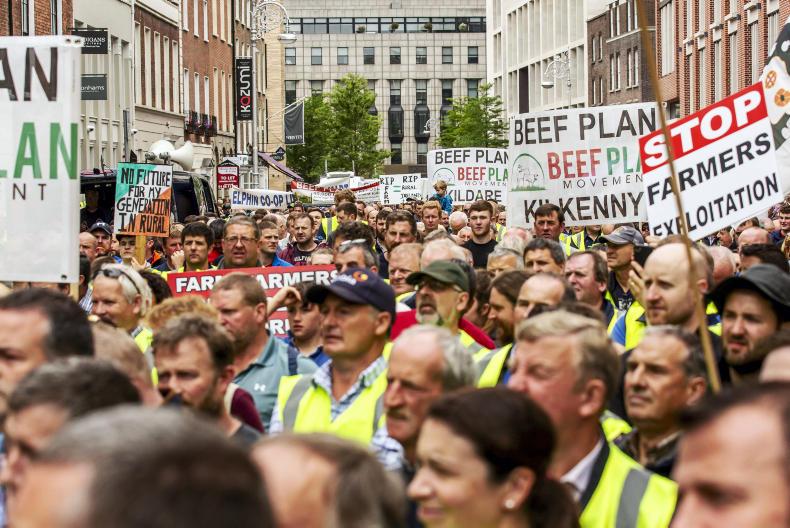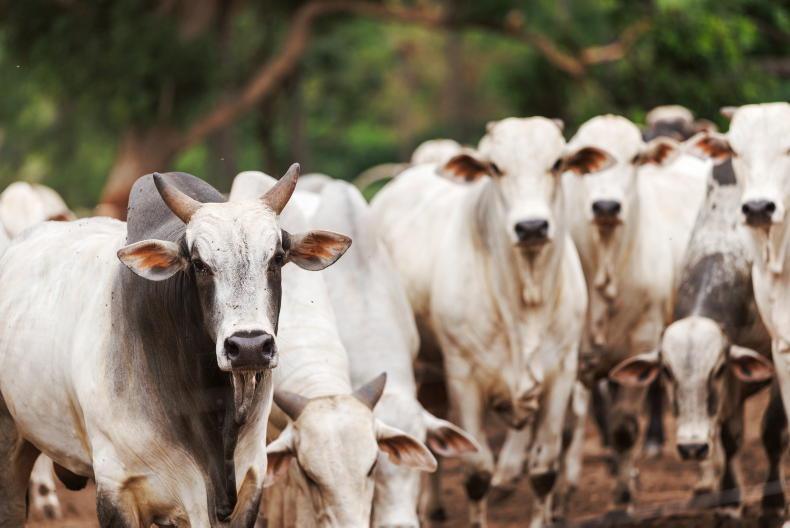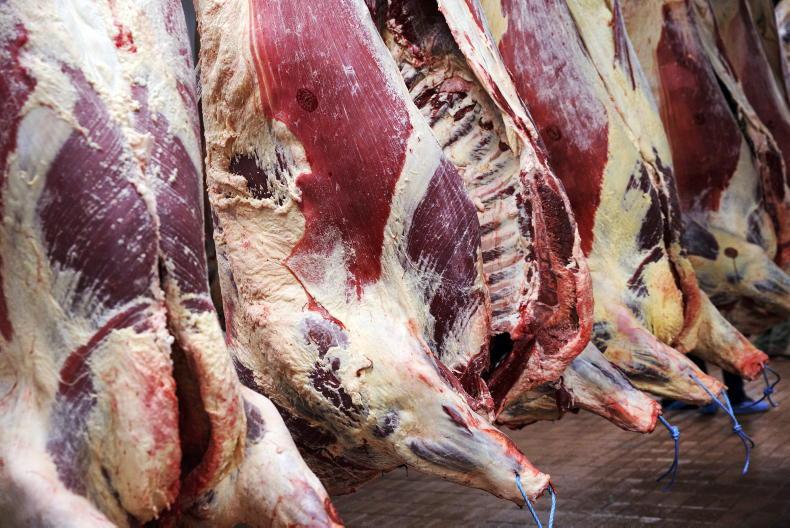The opposition to the Mercosur deal is growing in Ireland, with last week’s Beef Plan Movement-led protest, sending a strong message to Government. Minister for Agriculture Michael Creed said in response that “no stone should be left unturned” to protect farmers. Would that include using a veto, should Ireland have one, even if that meant standing alone among the EU-27? I’m not mentioning the B word.
European Commissioner for Agriculture Phil Hogan has claimed the deal was an improvement on the 2004 version, which proposed a 200,000t beef quota. Apart from the fact that opening quotas are always set high to be negotiated down, the Commissioner is comparing apples with oranges.
In 2004, the EU comprised 15 countries, most of them export markets for Ireland. Now, the 12 accession countries are in, mostly from the former Soviet bloc. In contrast, our main export market, and the EU’s biggest meat importer, is in the departure lounge. I’m still not mentioning the B word.
So what strategy will the Beef Plan Movement now adopt? The first of the seven demands presented last week was for it to be formally recognised by Government and given representative rights. That makes sense. Will it also work within the established farm organisations to further its aims? The IFA national and regional elections offer an opportunity to support or even nominate candidates – many Beef Plan members are also IFA members and voters. A Beef Plan endorsement in the Connacht or Ulster-North Leinster region might be significant.
Competition
The IFA and Beef Plan alike highlight that Irish cattle farmers are being forced to compete with Brazilian beef fed on GM maize and soya, grown on land cleared of Amazon rainforest. All that is true and valid.
There is a fly in the ointment, one clearly recognised by Irish tillage farmers.
As James Hegarty puts it, the same GM maize from North and South America is being used to set a floor price for Irish grain. The Irish Grain Growers has been stressing this for months now.
Cattle, and indeed dairy farmers, need to start asking themselves and their feed merchants what is in their rations, and where is it coming from.
A cursory look at a typical beef or dairy ration tells some of the tale, although the lack of detailed inclusion rate clouds the picture.
If we truly want to differentiate our beef and milk, there is work to do, and it needs to be done quickly.









SHARING OPTIONS